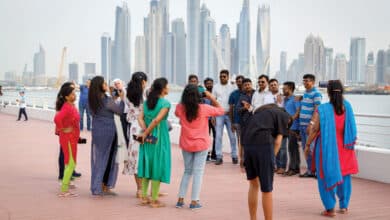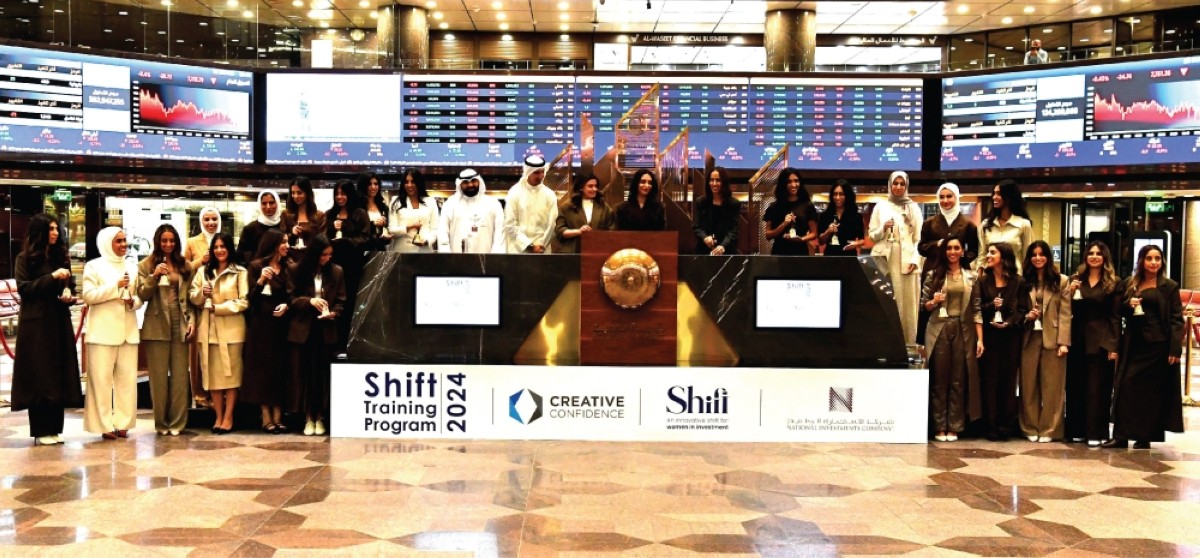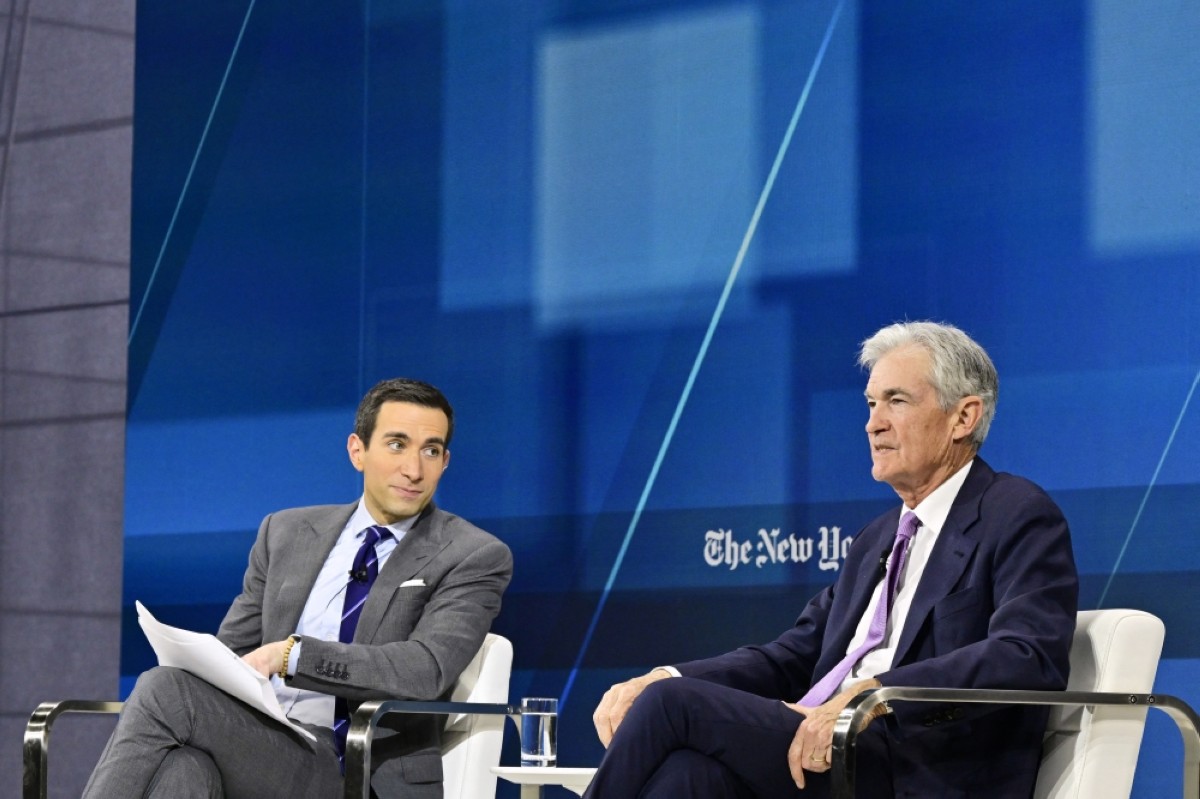Mideast drives global post-COVID rebound in tourism sector: HSBC
KUWAIT: The Middle East’s tourism sector has recorded the strongest post-pandemic rebound in the world, despite persistent global economic headwinds, reports HSBC.
 DUBAI: The UAE has recorded a “total recovery” in terms of tourist arrivals in the first quarter of 2023.
DUBAI: The UAE has recorded a “total recovery” in terms of tourist arrivals in the first quarter of 2023.
The region, home to the biggest Arab economy Saudi Arabia and the global leisure and commercial hub of the UAE, is unique in recording a “total recovery” in terms of tourist arrivals in the first quarter of 2023, the bank said in its new ‘Jet, set, go!’ research report. The number of tourist arrivals in the first three months of this year climbed 15 per cent on the levels recorded in 2019.
The scale of recovery of the tourism sector in the Middle East was significantly greater than Europe in second place, which saw the visitors’ number reaching 90 per cent of the pre-pandemic level, the report said. The Middle East’s tourism sector has emerged as a global leader in post-pandemic recovery, showcasing impressive resilience despite prevailing economic challenges, according to a recent research report by HSBC. While many parts of the world continue to grapple with the impacts of the COVID-19 pandemic, countries in the Middle East, particularly Saudi Arabia and the UAE have achieved a “total recovery” in terms of tourist arrivals during the first quarter of 2023.
HSBC’s research highlights the Middle East’s exceptional performance in tourism recovery, positioning it as the first region globally to surpass pre-pandemic levels. Maitreyi Das, HSBC’s securities and capital markets economist, hails Qatar and Saudi Arabia as global leaders in terms of tourist arrivals during the development and expansion of the tourism sector have emerged as key economic strategies for Middle Eastern nations, especially for countries within the Gulf Cooperation Council (GCC). These nations are diligently working to diversify their economies away from traditional oil-centric models.
Saudi Arabia has set ambitious targets for its tourism sector, aiming to welcome 100 million visitors annually by 2030. The country’s robust investments are evident through initiatives such as the establishment of the Saudi Tourism Investment Company (Asfar), dedicated to supporting the sector’s growth. The UAE, the Arab world’s second-largest economy, is equally committed to enhancing its tourism sector. Sheikh Mohammed bin Rashid, Vice President and Ruler of Dubai, has set ambitious targets to attract 40 million tourists within seven years. This drive reflects the nation’s intention to boost the tourism sector’s contribution to the GDP.
HSBC’s findings indicate that the Middle East boasts the highest share of GDP derived from tourism globally, standing at 5 percent. This emphasis on tourism bodes well for the region’s economic future as global recovery progresses. With international tourism receipts reaching $1 trillion last year, the potential for sustained growth is evident. The HSBC study highlights the varying degrees of recovery across regions. While Europe witnessed a substantial rebound at 87 percent of pre-pandemic levels, Africa, the Middle East, and the Americas followed closely at 75 percent, 70 percent, and 68 percent respectively.
The study also anticipates Asian destinations to experience a sharp increase in 2023 as border shutdowns recede. As the Middle East leads the world in tourism recovery post-pandemic, it exemplifies the power of strategic investments, resilience, and adaptability. The region’s commitment to diversifying economies and promoting tourism lays a foundation for a prosperous future. With Saudi Arabia and the UAE spearheading the transformation, the Middle East emerges as a global role model for rejuvenating sectors and economies amid unprecedented challenges. – Agencies.











